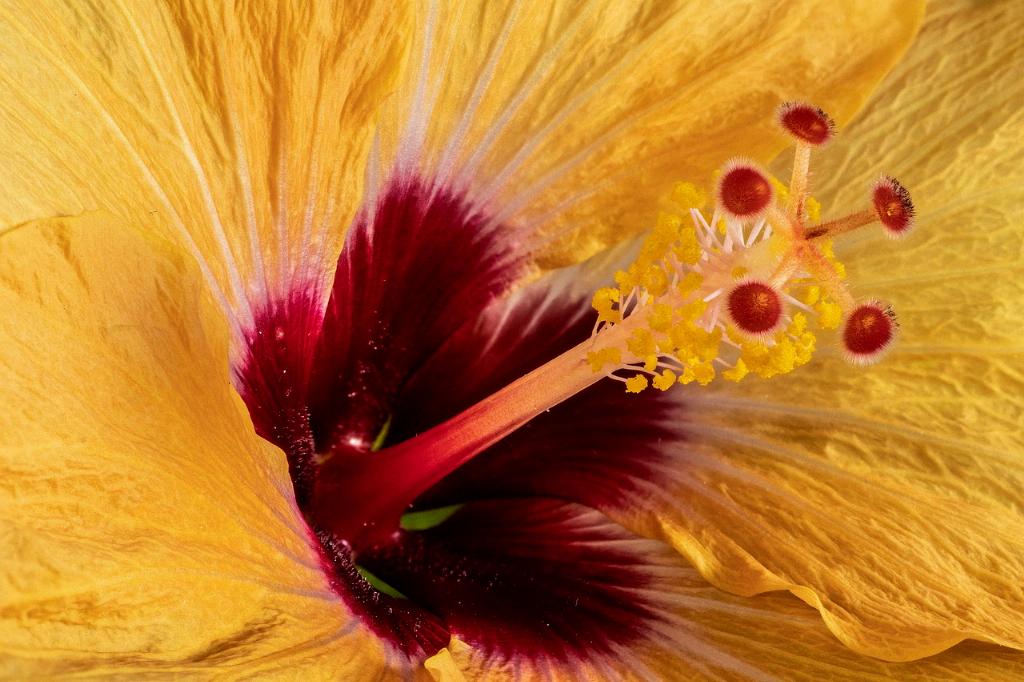If you have ever wondered about incorporating hibiscus leaves into your diet, you are not alone. The hibiscus plant offers more than just vibrant blooms; its leaves are also edible and have been utilized in various culinary traditions. Let’s delve deeper into the question: Can you eat hibiscus leaves?
The Edible Parts of Hibiscus
When it comes to hibiscus, the entire plant provides potential for consumption. While the flowers are commonly used for teas and garnishes, the leaves are also a viable option. In particular, the calyx, which is the leaf-like structure surrounding the flower bud, is a popular choice for culinary purposes.
Nutritional Value
Hibiscus leaves are not only flavorful but also offer nutritional benefits. They contain various vitamins, minerals, and antioxidants that can contribute to a well-rounded diet. Incorporating hibiscus leaves into your meals can be a way to boost your nutrient intake.
Culinary Uses
When it comes to utilizing hibiscus leaves in cooking, the options are plentiful. The leaves can be added to salads for a fresh and vibrant element or used in stir-fries for a unique twist. Additionally, hibiscus leaves can be steeped to create a flavorful tea or infused into oils for a floral essence.
Preparation Methods
Prior to consuming hibiscus leaves, they should be thoroughly washed to remove any dirt or debris. Depending on the dish you are preparing, the leaves can be used fresh or cooked. Experimenting with different cooking techniques can help you discover the optimal way to enjoy hibiscus leaves.
Health Benefits
Aside from their culinary appeal, hibiscus leaves are also known for their potential health benefits. They are believed to have anti-inflammatory properties, aid in digestion, and promote overall well-being. Including hibiscus leaves in your diet may offer a nutritional boost.
Cultural Significance
Across various cultures, hibiscus leaves have played a role in traditional cuisine and remedies. From Asia to Africa, hibiscus leaves are valued for their flavor profile and medicinal properties. Exploring the cultural significance of hibiscus leaves can provide insight into their versatile nature.
Sustainability Considerations
As you explore the idea of consuming hibiscus leaves, it is essential to consider sustainability practices. Harvesting hibiscus leaves in a responsible manner ensures the longevity of the plant and protects the environment. By supporting ethical sourcing methods, you can enjoy hibiscus leaves with a clear conscience.
Flavor Profile
When it comes to taste, hibiscus leaves offer a unique flavor profile that is often described as tangy and slightly floral. Their distinct taste can enhance a wide variety of dishes, adding a refreshing and lively element to your meals. Experimenting with hibiscus leaves can introduce new dimensions to your culinary creations.
Experimental Recipes
If you are feeling adventurous in the kitchen, consider trying out recipes that feature hibiscus leaves as a key ingredient. From hibiscus leaf pesto to hibiscus leaf wraps, there are numerous creative ways to incorporate this versatile plant component into your dishes. Embrace the opportunity to explore hibiscus leaves in innovative culinary contexts.

Final Thoughts
In conclusion, the answer to the question “Can you eat hibiscus leaves?” is a resounding yes. With their nutritional value, culinary versatility, and unique flavor profile, hibiscus leaves offer a delightful addition to your culinary repertoire. Whether you choose to incorporate them into traditional dishes or experiment with new recipes, hibiscus leaves have much to offer to the discerning food enthusiast.
